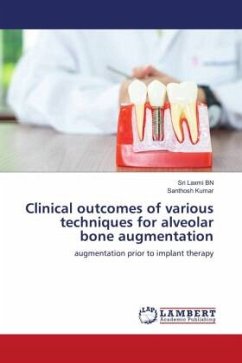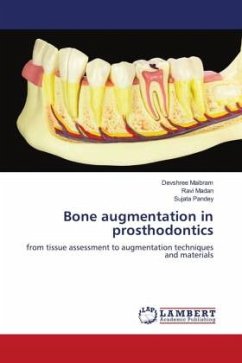Alveolar bone augmentation is done to increase the volume of the alveolar bone to be conducive for the placement of a prosthesis or to place a dental implant. It is often noticed that there is change in the dimensions of the alveolar bone due to the lack of the blood supply in the cortical bone at the crest of the alveolar socket. This is manifested as a thinning of the alveolar ridge or loss of the socket wall. Hence it is necessary to preserve the ridge from resorption or collapse following the tooth extraction. But if there is reduced volume and altered alveolar ridge dimension then ridge augmentation must be done depending on the need of placement of prosthesis or dental implants. The technique could be a horizontal ridge augmentation or vertical ridge augmentation using different techniques depending on the availability of the alveolar bone. In this review we have included 10 different techniques used for vertical and horizontal ridge augmentation prior to implant placement.Animal studies have also been included; studies that did not give any information on implant outcomes were not considered as they did not provide any reliable information on success rate of implants.
Bitte wählen Sie Ihr Anliegen aus.
Rechnungen
Retourenschein anfordern
Bestellstatus
Storno








